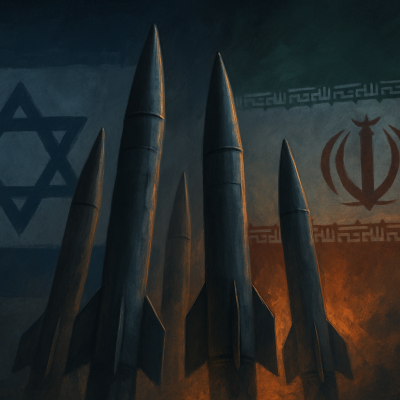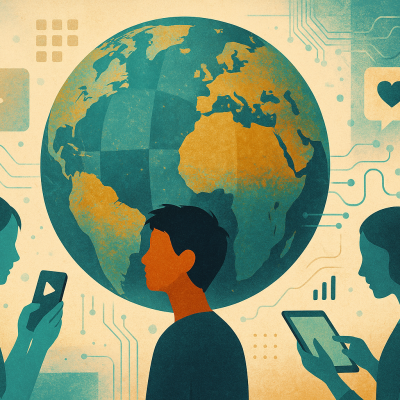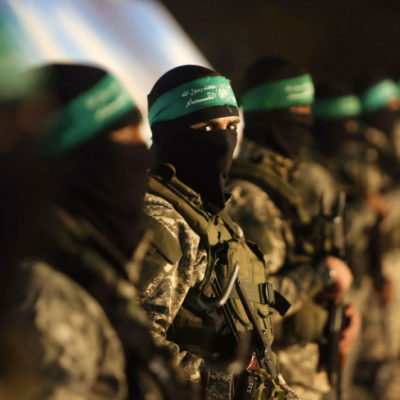Satoshi Ikeuchi, Professor, Religion and Global Security, University of Tokyo
Countries in the East Asia are bracing themselves for the second wave of outbreaks of COVID-19.
Taiwan, South Korea, and Japan, which surround China, received the first wave of the spread of the coronavirus in January. They were more or less successful in minimizing the impact on the communities, suppressing the number of deaths caused by the outbreaks under several dozens in total in these countries until the end of February.
When the East Asian countries were absorbing the shock of the first wave, people in the Western countries looked idly on from the sidelines, feeling anxious about the fallout. Some of them were criticizing poor responses by the Asian governments, some others were openly prejudiced to see this epidemic as caused by alien Asian culture.
When the plague erupted in Europe and the United States in March, the result was disastrous, far too worse than the cases in the East Asia, leaving tens of thousands of deaths and almost 700 thousand infections within the months of March.
Measures taken by the European countries and the U.S., including the closure of the border, lockdowns of cities and comprehensive curfews, severely curtailed the scope of citizen’s basic human rights such as the freedom of movement. Introduction and the full-fledged use of the electronic monitoring system temporarily deprived individuals of privacy. Still, the number of infections is high on the plateau and yet to see the signs of abating.
Faced with this total failure of the public health systems and severe restrictions imposed on the everyday life, there occurred a large-scale movement of returnees who left those Western countries and rushed into their home countries. This created the second wave of infections in Japan where the number of infections has been growing since the end of March, boosted by those returnees who were infected abroad and brought the virus back.
In view of the new circumstances, the Japanese government was forced to declare state of emergency on as late as April 7, in which citizens in Japan were strongly requestded to voluntarily refrain from unessential activities.
The tsunami has first and second waves. The first wave rushes swiftly and hit hard on the buildings standing on the surface of the ground. The second wave is even more ferocious. The direction is the opposite of the first one. It pulls back and uproots everything from the foundation, which is already shaken and damaged by the impact of the first wave.
East Asian countries which received a heavy blow but survived the first wave of COVID-19 contagion from China, are now enduring the second wave coming from Europe and the United States, which might prove to be more deadly.





